Syria's Cultural Heritage in Danger
-
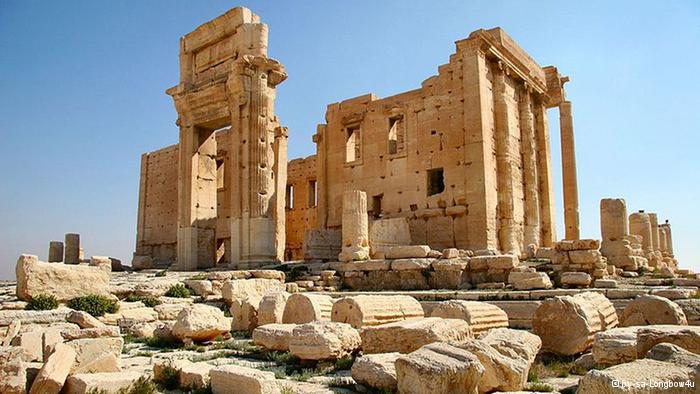
Over four millennia, Babylonian, Egyptian, Persian, Greek and Roman influences crossed paths in Syria. Today, precious cultural sites from these eras are being damaged as the Syrian civil war takes its toll on the country's cultural heritage. This week, the United Nation's cultural organization UNESCO made fresh reports about damage to Syria's historic sites. -
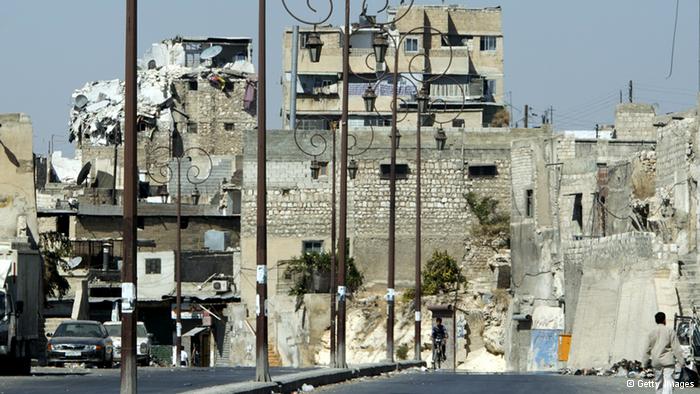
This past June, UNESCO listed six unique World Heritage sites in Syria as being in danger, including the historic centre of Aleppo. Aleppo has a long history: as a cultural hub on the Mediterranean Sea, it is mentioned in documents dating back to the 19th century B.C. -
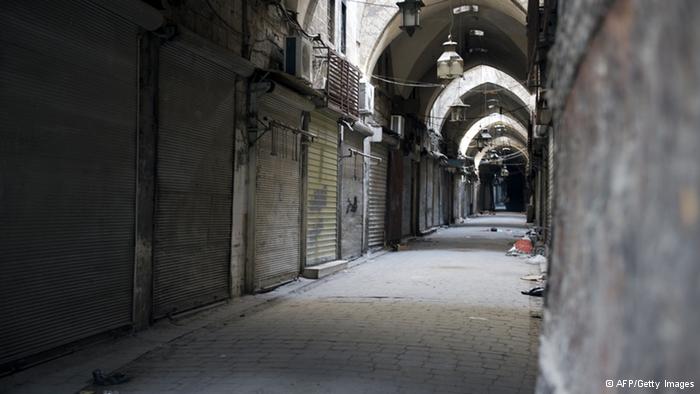
UNESCO also recognized Aleppo's historic centre as a World Heritage site because of the ancient souk, the largest covered market in the Middle East. The bazaar covers an area of about 350 hectares with several streets and hundreds of shops. But even the five-kilometer long wall surrounding the historic center was not able to protect the market: it burned down during fighting in 2012. -
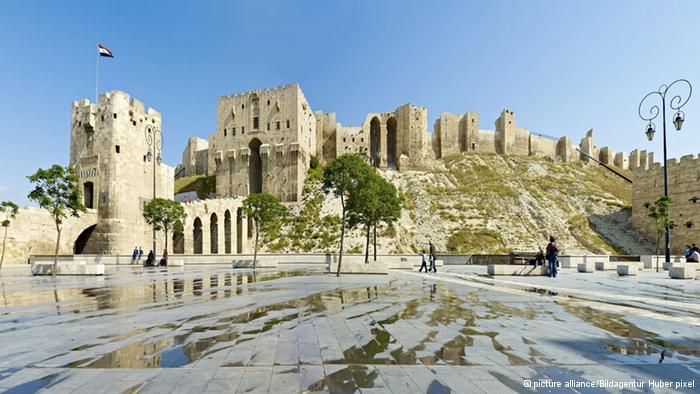
Over the course of the civil war, cultural sites have been used as strategic bases, including the Citadel of Aleppo, a fortress on a hill towering above the old city. The Seleucid Empire, a dynasty that followed Alexander the Great, erected the fortress in the 4th century B.C. Greeks, Romans, Persians, Byzantines and Ottomans have also built edifices on the hill. -
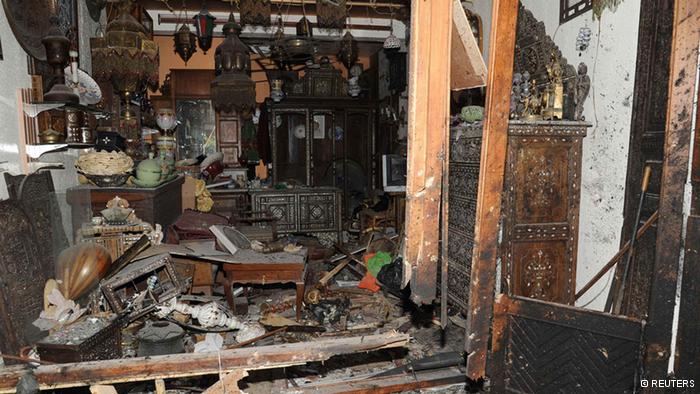
The old town of Damascus, inhabited for the last 4,000 years, was also named on the UNESCO list. Before the start of the uprising against the Assad regime, the old town with its markets, restaurants, churches and mosques was one of Syria's main attractions. Bombs exploded here in June, the first time the area was part of a larger attack. -
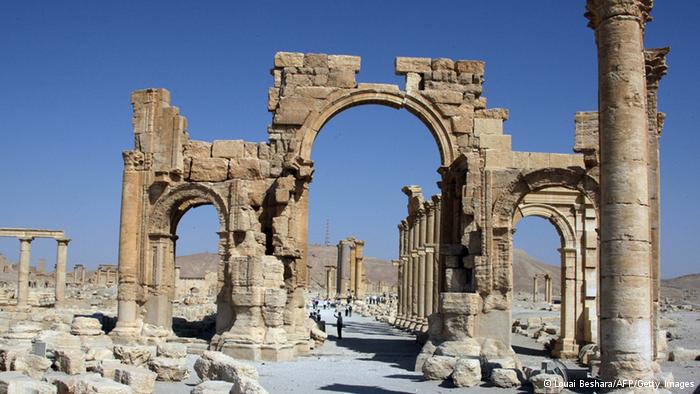
The oasis city of Palmyra is also at risk. The Monumental Arch is still standing, but some archaeological excavations sites have already been looted. Palmyra is one of Syria's architectural landmarks. The boulevard with its Corinthian columns, the arch from the time of Septimius Severus and the walls of the Temple of Baal have been marked by bullet holes. -
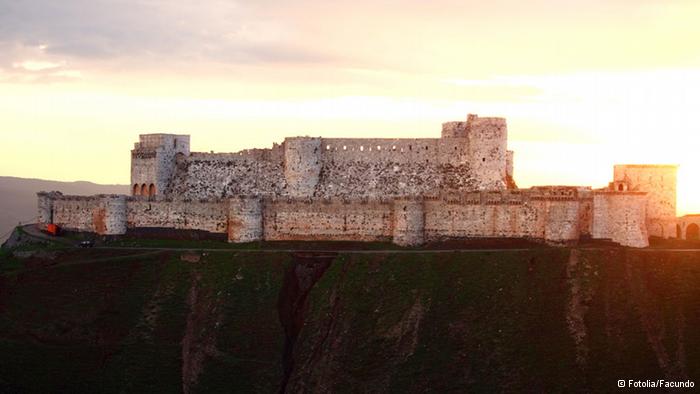
The Krak des Chevaliers, a well-preserved Crusader castle in the Homs Gap, is also in the middle of the war zone. Crusaders on their way to Jerusalem first reached the castle in 1099. The castle's current state is contested. According to the rebels, it was bombed by the Syrian Air Force. The Free Syrian Army may be using the castle as a base. -
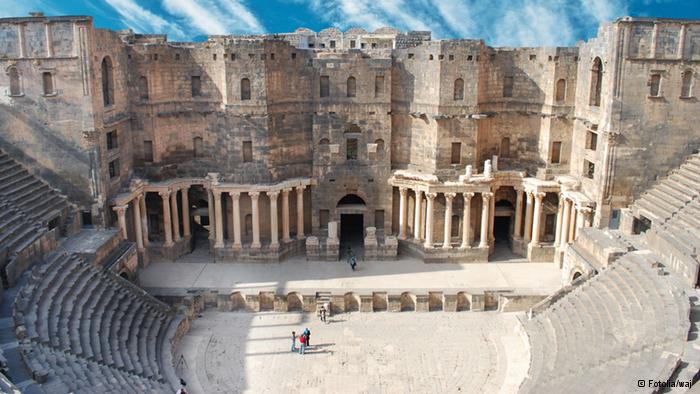
The amphitheatre in Bosra was once thought to be one of the best preserved Roman theatres in the world. In the 12th century, it was converted into an Arab fortress. Today, musicians and orchestras from around the world still value its special acoustics. But during the recent fighting, there were reports that the amphitheatre was damaged. -

The so-called "dead cities" have also made UNESCO's danger list. These village settlements in northern Syria have numerous houses from the Byzantine era, and the remains of some ancient buildings in Jerada were very well preserved until the start of the civil war. Since the fighting began, they have been partly under fire and have also been looted. -
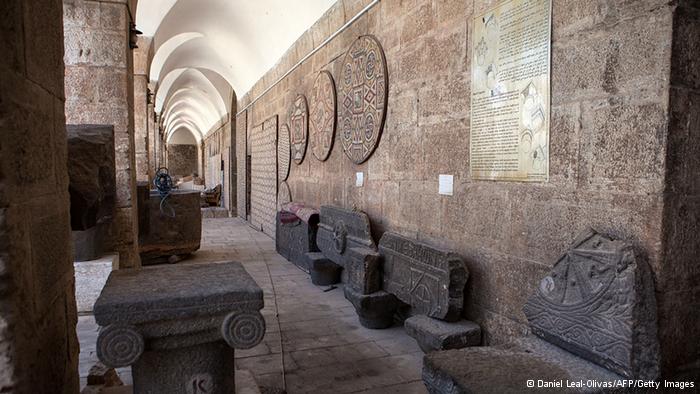
Syria's museums are also at risk. Many are in the middle of combat zones - such as the museum in Idlib, which houses a majority of the priceless Ebla clay tablets. Since 2011, a number of valuable pieces have been moved from museums in Damascus and Aleppo and stored in a safe in the Syrian Central Bank. But most museums are defenseless against the looting. -
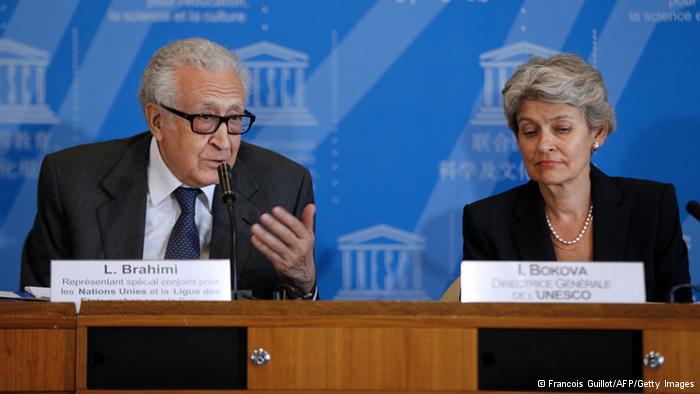
UNESCO has trained experts to prevent the destruction and looting of Syria's cultural heritage. On August 29, UNESCO chief Irina Bokova and UN representative Lakhdar Brahimi introduced protective measures. The experts are attempting to keep track of Syria's stolen cultural heritage, alerting customs officials and art dealers to prevent illegal international trade. | Author: Ananda Grade/db, cmk | Editor: Sean Sinico
https://qantara.de/en/node/6304
Link
To all image galleries